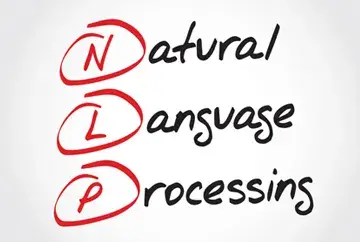Utilizing Natural Language Processing (NLP) based technology and big data analytics, the University of Pittsburgh Medical Center (UPMC) health plan has successfully processed millions of clinical documents to accurately identify risk adjustment or HCC coding possibilities. NLP can help providers and health plans to capture additional and appropriate revenue, according to a recent cio.com report.
As the healthcare industry moves from fee-for-service to value-based care, Hierarchical Condition Category coding (HCC coding) is becoming increasingly important for physicians. Under the HCC risk adjustment model, the Centers for Medicare and Medicaid Services (CMS) calculates reimbursement rates for organizations participating in the Medicare Advantage program based on the risk of providing care for patients with serious or chronic illnesses. HCC is aimed at appropriately compensating providers who care for these higher-risk patients. However, many diagnoses are often coded inaccurately or not coded at all in the patient record, as a result of which there is not sufficient evidence to justify risk adjustment. This leads to loss of revenue for the provider and the health plan.
Despite the widespread implementation of electronic health records, up to 80% of all clinical data is in unstructured formats such as clinical notes, audio transcripts, images, etc. According to the report, the UPMC Health Plan used NLP to identify evidence of incremental risk from such unstructured documentation which can meet the criteria for additional payments.
Insurance companies and medical practices usually rely on medical coding companies to review claims and perform MRA/HCC coding. Given that there are thousands of ICD-10 codes that map to about 79 CMS HCC conditions, this is not an easy task. The report points out that NLP technology and big data analytics can augment coders’ productivity by:
- Reducing the labor-intensive task of examining clinical documentation to discover risk adjustment opportunities
- Presenting suggestions for possible risk-adjustments through tools that can identify and understand patterns
- Quickly identifying and prioritizing claims for review
- Reducing costs and eliminating errors
- Process large volumes of clinical data and documents efficiently
- Correctly spotting opportunities for incremental revenue
- Increasing return on investment (ROI)
- Improves HEDIS scores by pinpointing gaps in care that can help improve health outcomes
According to John Wisniewski, chief actuary at UPMC Health Plan, NLP technology allows the organization to make and retain more revenue, which in turn, allows to it keep premiums low. Moreover, improved accuracy helps avoid potential penalties from a CMS risk adjusted data validation audit (RADV audit).
The bottom line is that big data analytics and NLP can help physicians optimize the benefits of HCC coding, which is playing an increasingly important role in value-based compensation.




